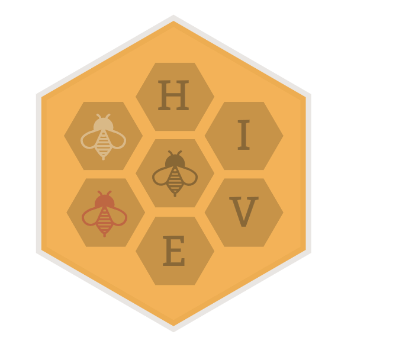
—Friedrich Nietzsche, On the Genealogy of Morality
What is Hive?
Hive is an open-source repository containing notes, ideas, and questions about our course readings and class discussions. We will build this resource together as a class—sharing the work of interpreting, analyzing, and questioning the complex course readings we encounter. The “hive mind” is capable of discovering far more than any one individual. With luck, Hive will become a central resource in our class discussions and an indispensable aid to you as you craft your essays.
We will use a shared Google drive to create the Hive resource. You must use your Dartmouth login credentials to access the drive, not your personal Gmail account.
You may authenticate using your Dartmouth credentials at this G-Suite link: https://google.dartmouth.edu/
We will use shared Google docs to create the Hive resource. Each week containing course readings or films has one or more dedicated Hive documents that are housed in a shared Google drive folder. Each of my course sections has a dedicated drive and you will only be able to contribute to the course section of which you are a member. You may distinguish the links to these folders with the superscript notation on the link, as in the examples below:
- 1 : Hive page for section 1 @ 11 hour
- 2 : Hive page for section 2 @ 12 hour
How to contribute
You might contribute to Hive by doing some of the following tasks:
-
Help create a simplified version of the text’s argumentative structure by presenting an ordered list of claims, reasons, and evidence in the Google Doc associated with each reading.
-
Ask a question about a difficult passage in the text or offer an answer to one posed by another student.
-
Define difficult vocabulary.
-
Quote a portion of the essay that seems worthy of discussion or analysis and explain why it seems significant, or build on the thought of another student who has done so.
-
Make a connection between an idea found in one text with others we have read in class (or elsewhere).
-
Constructively question, respond, or correct the ideas or work of another student.
Cite your work
Although I don’t imagine honeybees do this, I ask you to cite your individual contributions to the Hive. You may do this by using a new feature in Google Docs called smart chips. You can cite your contribution by typing the ‘@’ symbol and the begin typing your Dartmouth email address until it appears in the dropdown list. Select your address and then your name will appear in the document to identify you as the contributor. The result will resemble the following: Alan Taylor.
As you contribute ideas, questions, observations, or flag key portions of the text’s argument, don’t forget to credit yourself for your work. This will help us later, in case we’d like to thank you, discuss your idea, or cite you in our own writing. And a large part of your participation will be figured from your engagement within the Hive.
Example page
Here is a mockup of a page in Hive dedicated to our first reading. It might resemble the following at an early stage of development:

COURSE READING: Nicholson Baker, “Changes of Mind”
Argument outline
Thesis: Baker’s central argument is that . . .
- Claim 1.
- Claim 2.
- Claim 3.
- …
Discussion
Robin Bryant: I notice that the Baker keeps utilizing a series of very strange metaphors throughout his piece that are designed to help us understand something curious about the human mind that we have perhaps never considered before. Specifically, …John Barley: The story about the shoe on the bus was completely incomprehensible to me. Did anyone understand the point of this? How is it related to Baker’s broader argument? Is it evidence for one of his claims? I’m lost here.- +
Mark Sois: Yeah John Barley, that story about the bus was confusing, but I think what Baker is doing with this story does illustrate a central premise of his piece that … - +
Alan Taylor: Well, ACTUALLY…